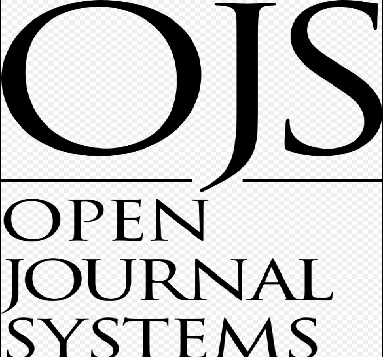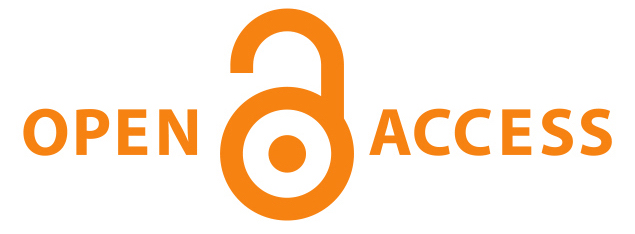Bridging the Healthcare Gap: The Role of Policy in Ensuring Equitable Access to Health Services for Marginalized Communities
Keywords:
AI chatbots, student engagement, personalized learning, educational technology, formative assessment, data privacyAbstract
AI chatbots have become an innovative technology in the learning world because it is scalable, personal, and interactive. Based on natural language processing and machine learning, these systems are intelligent systems that respond to questions by students and guide them through their coursework and give them instant feedback simulating human conversation. Their increasing penetration into the educational setting, especially online and blended learning ones help to meet the need in constant support of learners and individualized training. Studies have reported that chatbots have been very instrumental in improving student engagement as it allows real-time communication, quicker response to queries, and self-paced learning. These are also able to enhance academic performance through their support of formative assessment, reinforcements and active engagements. Besides, chatbots relieve instructors of some work by helping them address repetitious inquiry and retrieving data-based reflections about student performance and actions. Although they have such benefits, their effectiveness depends on factors like chatbot design, compatibility of the subject, user interface and campus preparation. The challenges comprise restriction in recognition of complex or unclear inputs, lack in access to technology and ethical issues regarding data privacy and algorithm biases. Moreover, chatbot interactions are not always very useful to all students, particularly in emotionally sensitive or high-level academic situations. However, used in conjunction with curriculum and with the help of educators, AI chatbots could provide an inexpensive and inclusive way to enhance student results. Since educational institutions are becoming more digitalized, chatbots have the potential to fill the existing support gaps and increase learner autonomy. Further research and policy formulation should be made to face the existing limitations and provide equal and pedagogically adequate implementation.
Downloads
Published
Issue
Section
License
Copyright (c) 2025 ACADEMIA Health Sphere Journal

This work is licensed under a Creative Commons Attribution 4.0 International License.









